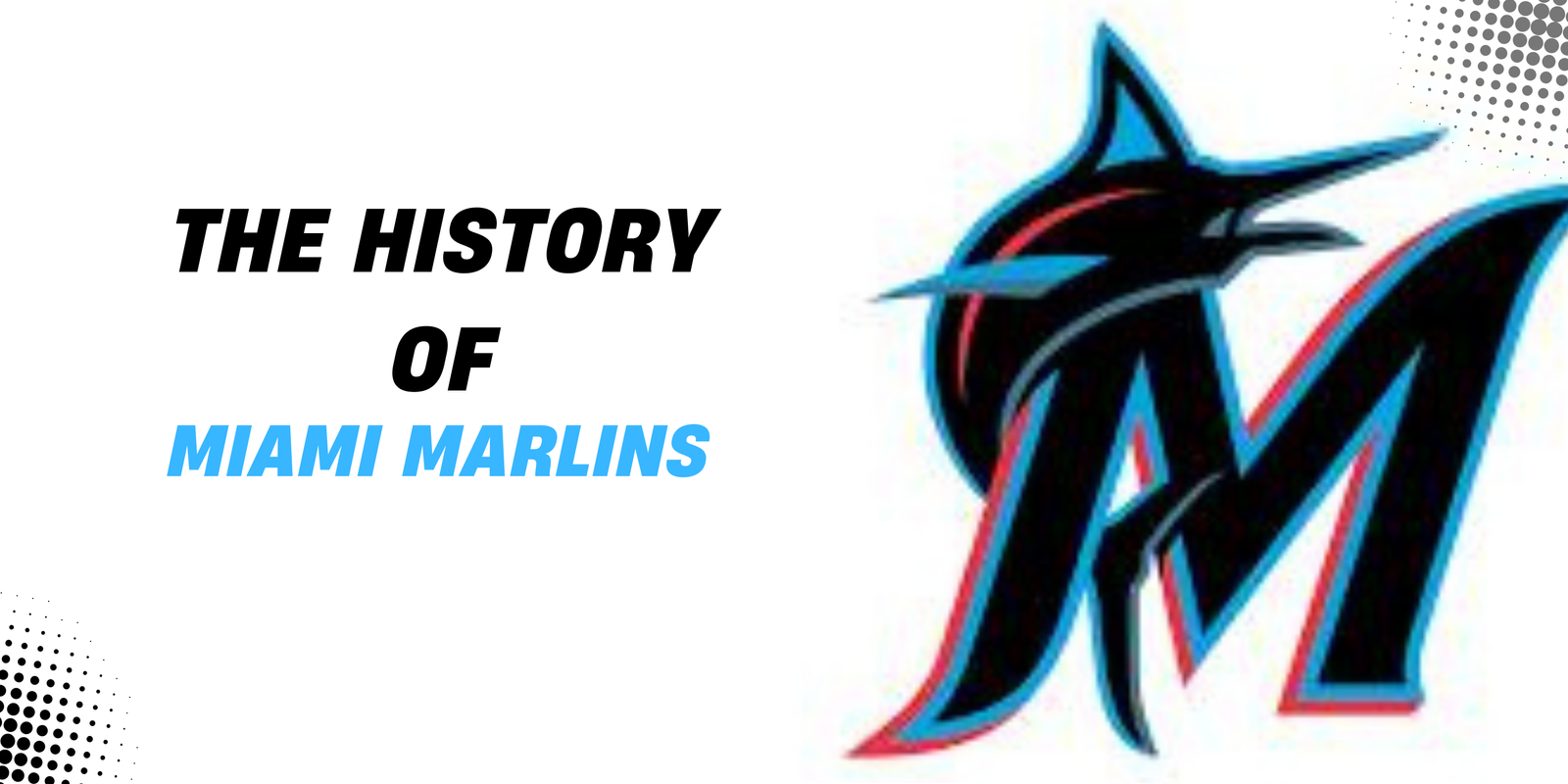Introduction
The Miami Marlins, an MLB team known for its unique journey, have a history that blends triumph with transition. From their beginnings as an expansion team to becoming World Series champions, the Marlins’ evolution reflects their resilience and ambition. This article explores the key milestones in the history of the Miami Marlins, offering insight into their growth and development.
1. The Birth of the Marlins
1.1 Expansion and Formation (1993)
The Miami Marlins, initially named the Florida Marlins, were introduced as part of Major League Baseball’s expansion in 1993. This move aimed to increase the league’s footprint and included the Colorado Rockies. The Marlins’ debut was marked by excitement and high expectations from the start.
1.2 Team Name and Identity
The choice of the name “Marlins” paid homage to the abundant marlin fish in Florida’s waters, a nod to the region’s maritime culture. The name was intended to reflect the vibrant and dynamic spirit of the team, aligning with Florida’s rich aquatic heritage.
2. Early Years and Initial Success
2.1 The Struggles of the Inaugural Seasons (1993-1996)
In their early years, the Marlins faced the typical struggles of a new team. They experienced growing pains as they worked to establish themselves in the league. Despite these challenges, the team began to develop a foundation for future success.
2.2 First World Series Triumph (1997)
The 1997 season was a breakthrough for the Marlins. Under manager Jim Leyland, and with standout performances from players like Edgar Renteria and Gary Sheffield, the Marlins secured their first World Series title. Their victory was notable not just for its significance but also for the unexpectedness, given their relatively short time in the league.
3. Transition and Rebuilding
3.1 Post-1997 Changes and Challenges (1998-2002)
After their World Series win, the Marlins entered a period of transition. This included significant roster changes and financial restructuring. Despite their efforts to rebuild, the team faced several challenges, including maintaining competitiveness and managing financial constraints.
3.2 Second World Series Victory (2003)
The 2003 season saw the Marlins rise again, this time under the management of Jack McKeon. The team, led by young talents like Josh Beckett and Miguel Cabrera, clinched their second World Series title. Their victory over the New York Yankees was a testament to their skill and resilience.
4. Rebranding and New Beginnings
4.1 The 2011-2012 Rebranding
In 2011, the team underwent a significant rebranding, changing its name from the Florida Marlins to the Miami Marlins. This shift was accompanied by a new logo, color scheme, and the opening of Marlins Park in 2012. The new stadium, designed with a modern aesthetic, symbolized a fresh start for the team.
4.2 Early Struggles of the New Era
Despite the rebranding and the new stadium, the Marlins struggled to achieve the same level of success. The team faced challenges both on and off the field, including inconsistent performance and financial difficulties.
5. Recent Developments and Future Prospects
5.1 The Rebuilding Phase (2018-2021)
Entering a new rebuilding phase, the Marlins focused on developing young talent and restructuring the organization. This period saw the emergence of promising players and a shift towards long-term strategic goals.
5.2 The 2020 Playoff Appearance
The 2020 season was a highlight in recent years for the Marlins. They made a surprising playoff appearance, reaching the National League Division Series. This achievement was a positive sign of progress and a reward for the years of rebuilding and development.
6. Looking Ahead
6.1 Emerging Talent and Future Goals
The Marlins’ future appears promising with a roster featuring several young, talented players. The team’s focus on developing homegrown talent and making strategic acquisitions aims to build a competitive squad for the years ahead.
6.2 Organizational Ambitions
Looking forward, the Marlins are committed to fostering a winning culture and enhancing fan engagement. Their goals include building a strong team foundation, improving performance, and creating a vibrant fan experience.
Conclusion
The history of the Miami Marlins is a tale of highs and lows, marked by periods of success and significant transformation. From their early struggles to their World Series victories and recent rebuilding efforts, the Marlins have demonstrated resilience and ambition. As they continue to evolve, the Marlins remain a testament to the dynamic nature of professional sports and the enduring spirit of competition.

